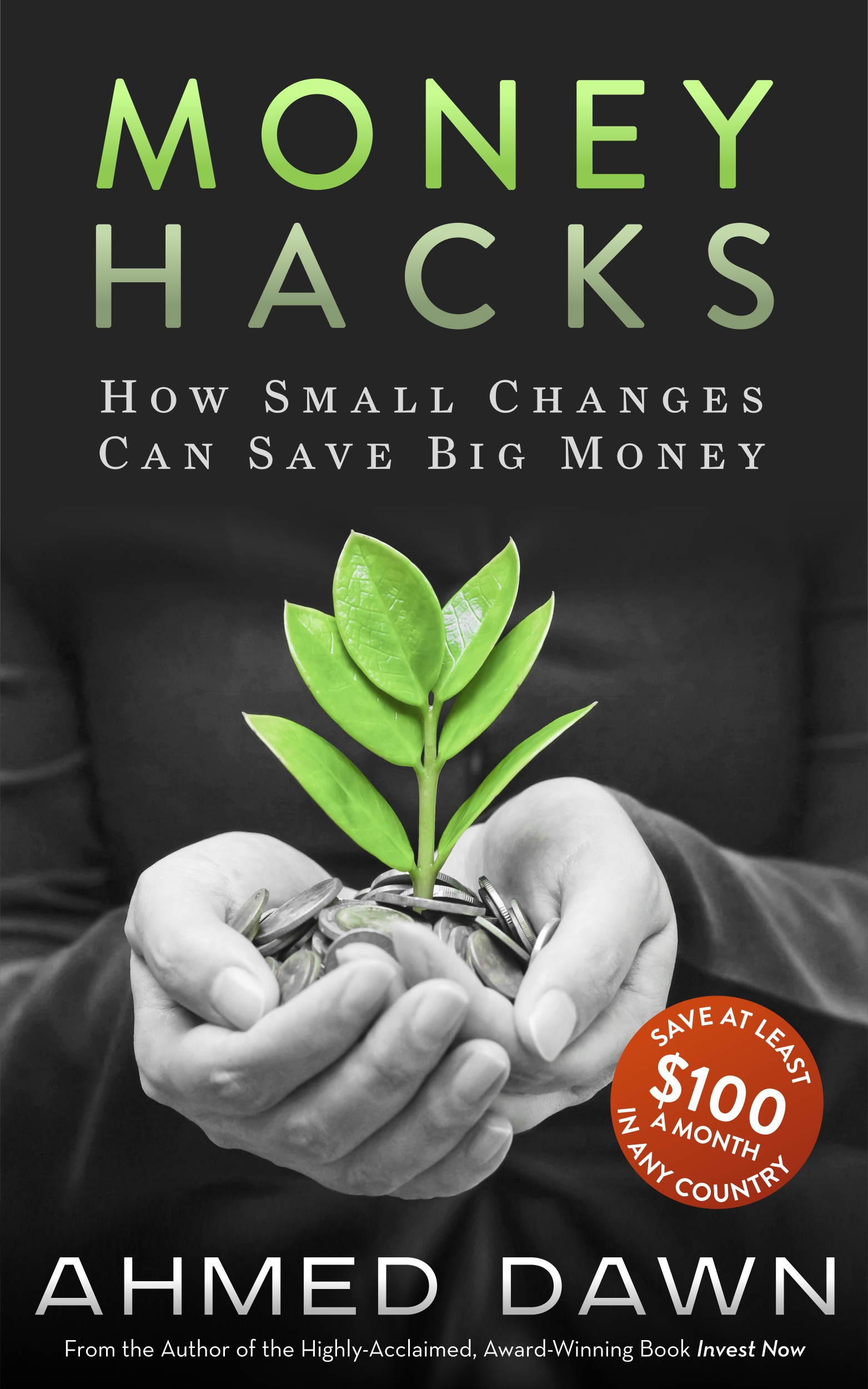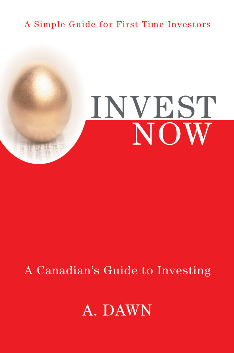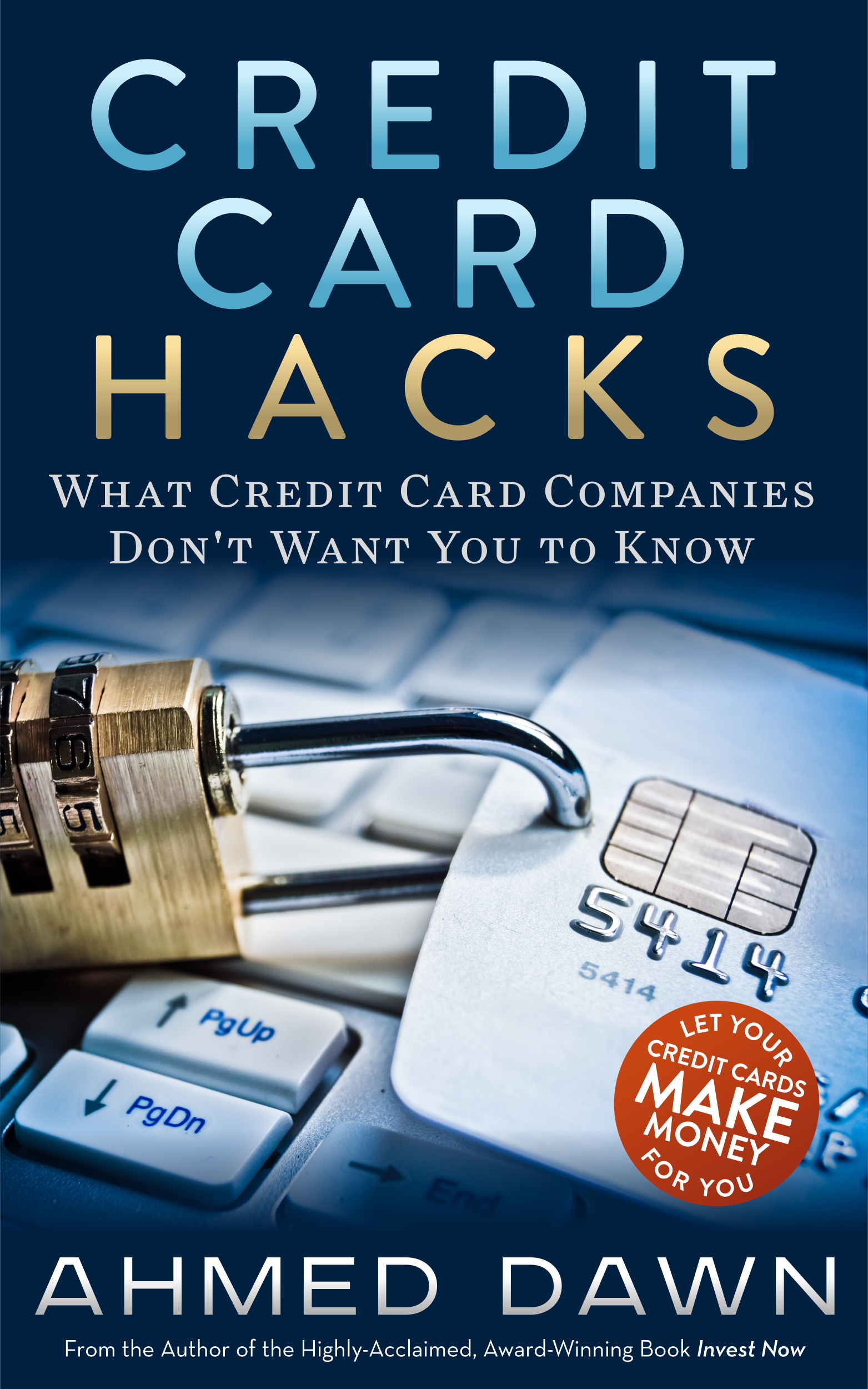A Dawn Journal Interviews ING Direct Canada CEO, Peter Aceto
First Published Date : September 22, 2010
ING Direct Canada recently added a free chequing account, called a THRiVE Chequing, to their inventory. This online no-fee chequing account created a huge buzz as Canadians were waiting long for a free chequing account from ING Direct Canada, who pioneered online banking across the globe and made high-interest savings account popular in Canada. Today, I am going to present an interview with the CEO of ING Direct Canada, Peter Aceto. Peter provides his valuable insight on ING Direct, THRiVE Chequing, economy in general, and much more in this interview.
1 – Please tell us about yourself and your experience in the banking industry
I am a passionate leader and savings advocate, a volunteer, a mentor, an athlete, a Canadian, a dad and a husband.
I began my career with ING DIRECT nearly 14 years ago as a founding member of the senior leadership team. Before becoming President & CEO of ING DIRECT Canada, I held many roles in the organization in both Canada and the USA – everything from sales and marketing to lending, risk management and legal.
I am involved in our community in my current role on the Business Development Committee for Mt. Sinai Hospital and as a champion for Habitat for Humanity. I am also passionate about improving the communities where we live and work which led to an initiative at ING DIRECT that we call “Orange in the Community”. This past year we have contributed funding and volunteer hours from over 700 of our staff to build natural playgrounds in two parks in areas needing help in Ottawa and Toronto.
I keep active playing in a hockey league, running and working out regularly at the gym.
I love social media and the dialogue it allows me to have with our clients and employees.
Outside of work, I’m fortunate to have three great kids and a smart, beautiful wife who likes me (I think).
2- Could you please tell us a little bit about THRiVE and how it is different from chequing accounts offered by other Canadian banks
THRiVE Chequing is a game changer in the Canadian banking industry and redefines what Canadians should expect from a chequing account. It’s the first chequing account made by Savers for Savers, and that’s why we choose to launch it as a preview for our clients first so that we can continue to gather feedback about the product before we launch it to all Canadians in early 2011. Our first 10,000 clients have the chance to open an account starting this week. Very exciting for us!
The most distinct thing about THRiVE Chequing is that it is an online, no-fee daily chequing account that actually pays interest. This means that regardless of the balance in their THRiVE Chequing accounts, clients will get free ABM access at any of the 2,400 EXCHANGE Network ABMs across the country (and more than 265,000 in the USA), free email alerts (so you can stay close to your money), free money transfers, free monthly online account statements, a free chequebook and we’re protecting or clients from NSF charges through the industry first Whoops! Protection. I know it sounds fun, but Whoops! Protection is also very practical. It allows you to pay a bill for up to $250 even when you don’t have the money. We won’t charge you interest or a fee as long as you pay it back within 30 days.
We believe THRiVE Chequing will make Canadians question why they are paying fees for daily banking and what value they are getting for their hard earned money.
3 – THRiVE Chequing customers will be using THE EXCHANGE® Network for ABM access. This network is not widespread and it is difficult to locate an ABM unless you are in a big city. Does this mean that ING DIRECT is currently targeting consumers only in big cities? Do you have any plans to offer a broader network affiliated with a major Canadian bank to reach every corner across Canada in the future?
THE EXCHANGE Network does reach every corner of the country. With 2,400 ABMs in Canada and over 265,000 in the USA, an EXCHANGE Network ABM is never far away. By comparison, BMO, Scotia and TD’s ABM networks fall somewhere within the 2,000-3,000 range.
Most all Credit Unions, which are popular in Canada and particularly in smaller cities, belong to THE EXCHANGE Network.
I encourage you to visit our web site where we have an ABM locator as well as a list of all THE EXCHANGE Network ABMs by province ING Direct ABM Locator. If you are on the go, our mobile apps available for the iPhone, iPad, BlackBerry and Android devices include an ABM locator, highlighting THE EXCHANGE Network ABMs in your area.
4 – What are your thoughts on Canada’s ongoing economic recovery from the financial crisis?
Overall Canada seems to be on a solid footing for a gradual economic recovery but we should expect some bumps along the way. During the crisis both the Department of Finance and the Bank of Canada did a very good job of introducing a number of measures to ensure the stability of the Canadian financial system. Since then they have been involved in a number of initiatives to further improve the integrity of the financial system which will only serve to increase the resiliency of the Canadian economy.
From a housing perspective, which is important to us because of the size of our mortgage business, unlike the USA we don’t feel that there is large over supply of housing in Canada and therefore expect housing prices to remain relatively stable over the next couple of years. Continued low interest rates should also serve to provide affordable opportunities for home buyers.
5 – ING pioneered online banking across the globe and made the high-interest savings account popular across Canada through its clever marketing strategies. However, other banks have started providing higher interest rates on their savings accounts. How does ING plan to remain competitive?
Our value proposition is all about offering value for money. This doesn’t mean that we will always have the highest rates on savings or the lowest rates on mortgages but our products will always be fair and do three things: save you money, save you time and make your life simpler. These attributes combined with our award winning customer service make us the number one recommended brand to family and friends. Canadians should keep in mind that many rates they see advertised are promotional and intended to get their business, but those rates often won’t remain that high for long. Our objective is to offer value over a longer period of time.
6 – Do you see more companies emulating the ING banking model and if so, how will ING stay ahead of the game?
We do see some companies also now offering elements of our products but I don’t believe anyone can replicate what our brand stands for in the minds of Canadians. ING DIRECT is a place where consumers are guaranteed to get a fair deal regardless of what product(s) they have with us.
7 – ING’s marketing always emphasizes saving money. We are coming out of a global recession and saving money is more important now than ever before. Do you have any tips for our readers on saving money – especially with regards to day to day banking?
In a nutshell: Don’t let fees eat away at your hard earned money.
On average Canadians pays $185 per year to use their chequing accounts and many require you keep a minimum balance while they pay little to no interest. Most actively managed mutual funds charge over 2% in fees. My advice to Canadians is to find a no fee, high interest savings account, invest in low cost, index-based mutual funds, get a no fee daily chequing account and pay attention to the fees you are charged by banks for “special services” like drafts and money transfers.
On the mortgage side of things, don’t let your bank dictate your mortgage rate and terms. A mortgage is one of the biggest investments many of us will take on in our lives yet we often spend less time researching our mortgage than we do planning a weekend getaway. Take advantage of extra payments on your mortgage where possible.
Finally, pay yourself first. An easy way to do this is by using an automatic savings plan like we offer with most of our savings products at ING DIRECT.
8 – ING is known for introducing innovative financial products to the marketplace. Are you working on anything new for Canadians right now? If not, do you see anything coming up in the near future?
We are always looking for new ways to help Canadians save their money. Our goal is to design products that make Canadians’ financial life simpler. For years, many of our clients have been asking for a chequing account. It took us 14 years to launch THRiVE Chequing and that’s because if it was going to be an ING DIRECT chequing account, it had to be different. It had to save you money, save you time and make your life simpler. Like all of our products do.
We continue to listen to Canadians’ concerns and will bring new products to the market when they make business sense for us and benefit Canadians in a big way. Currently, we have a number of great products to offer from our popular investment savings account , GICs, Streetwise Funds, Children’s Savings Account and the unmortgage, as well as many RRSP and Tax-Free Savings Accounts options.
9 – ING has been operating as an online bank for quite some time. Are there any plans for physical locations?
We pride ourselves on being a highly successful and efficient DIRECT Bank. We have no branches and because we can service our clients’ needs over the phone and online, we can pass more savings onto our clients. Canadians are welcome to visit us at one of our Save Your Money Cafés located in Vancouver, Calgary, Toronto or Montreal to learn more about any of our products. We have a new location opening in downtown Toronto early next year that will include a community meeting space and free WIFI.
10 – ING DIRECT has been named one of the Greater Toronto Area’s top 90 employers of 2010. Can you tell us what makes ING a desirable employer?
There are so many things that make ING DIRECT a great place work. Some of things that I hear employees value the most include:
· Orientation Program hosted by HR that welcomes employees on their 1st, 30th and 90th days.
· Our Leadership Blueprint program which captures the competencies that are unique to being a leader at ING DIRECT, and then providing coaching, mentorship, and even curriculum to help people strengthen these pillars. We are actually going to be building these into performance appraisals and systems for how our people get feedback about their performance, particularly with regard to a leadership role.
· Our recognition program which allows employees to purchase vacations, iPods, iPads, etc. online.
· Orange Spark – a unique, online portal that promotes new ideas, knowledge sharing and continue improvements. Everyone is encouraged to participate by adding a new idea or voting on those submitted by others.
· Orange Grove is our intranet site that enables employees to know what’s happening in the business at all times. Postings occur on a daily basis. A feature on the site is “Peter’s Corner” which enables employees to connect directly with me.
· Our diverse workforce. We recently received an award from the federal Minister of Labour for our industry best practices on this front. Diversity is engrained in our culture and we have a series of events that promote this including our own diversity day where people come to work in their national dress, international potluck and stations to explain their different cultures.
· Social events throughout the year – bowling, gala, children’s party, etc.
· I host informal “lunch and learns” with employees across the organization where we bring our lunches and talk casually about the business.
· Our Orange in the Community events, which allow our employees to engage and help improve the communities where we live and work. Last year, close to 500 of our employees in Toronto volunteered time away from work and built the city’s first natural playground in McLeary Park. And just last month in Ottawa, 200 of our employees worked on a similar initiative at Fairlea Park.
11 – The internet has transformed the way we do banking. Do you see any further changes on the horizon for the traditional brick and mortar model?
Mobile banking is big and all banks are adopting it in a big way. We need and want to be wherever our clients want to bank and save their money. Over the past year we’ve been a leader on the mobile banking front. We were the first bank in Canada to simultaneously launch mobile banking on our mobile website, BlackBerry App, iPhone App, and just recently launched an iPad App and Android app making saving easier and more accessible for our clients.
THRiVE Chequing will be supported with all of our mobile applications. Our mobile software has a handy ABM locator so clients will always be able to locate the nearest ABM. Meanwhile, email alerts linked to THRiVE Chequing will come in handy for those with handheld devices, allowing clients to stay close to their money, literally. It’s like having a branch in your pocket.
















